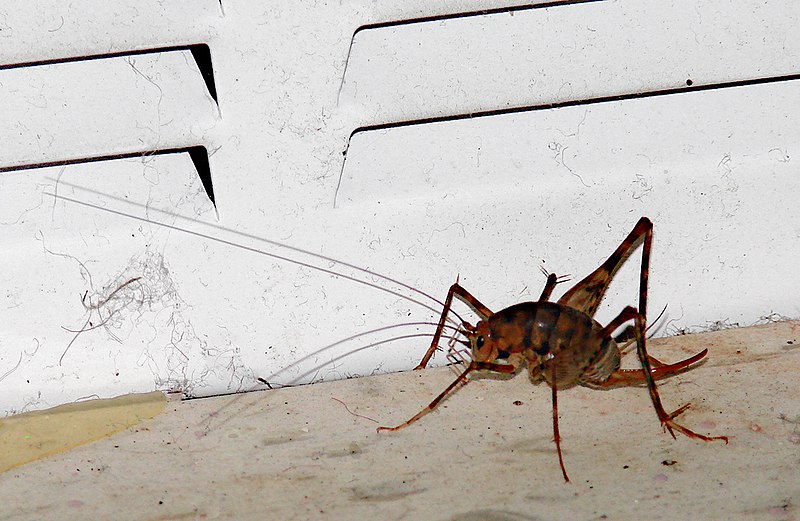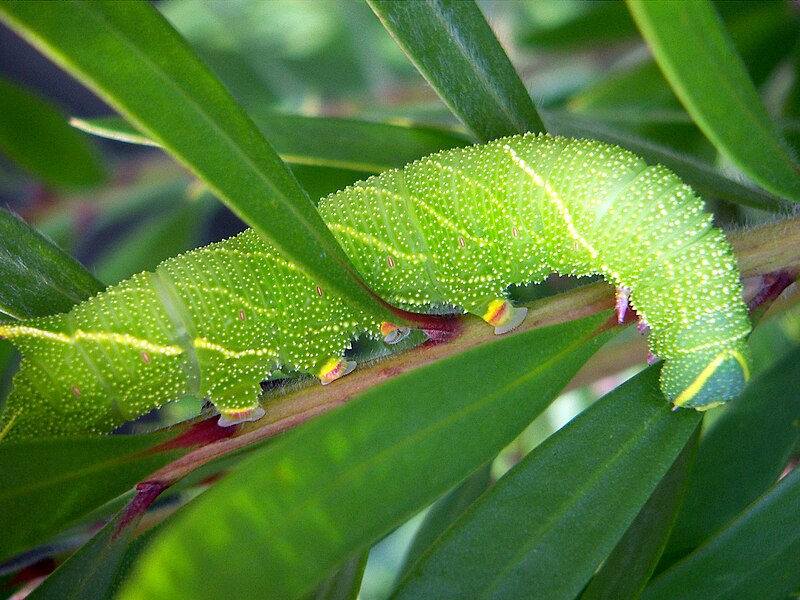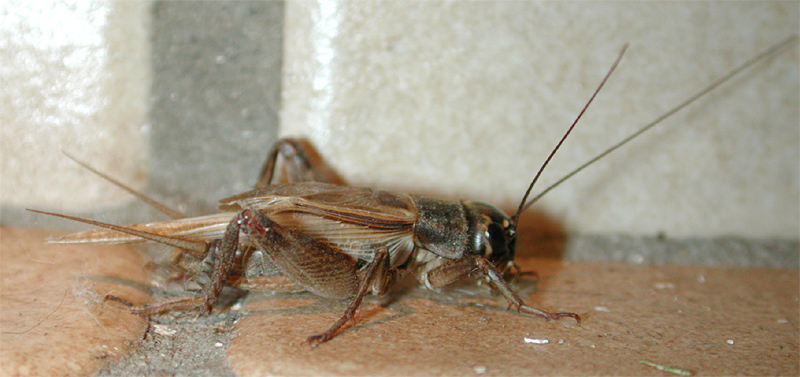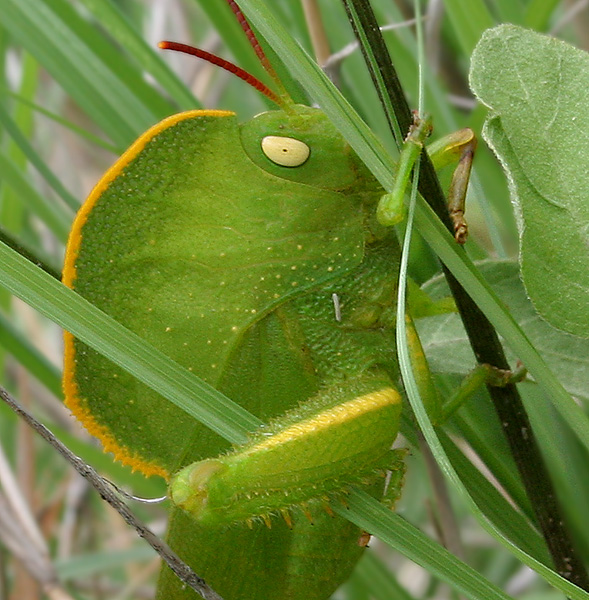 Almost every zoo building in which I’ve worked was home to roach (2-3 species) and House Cricket populations. In most, pesticide use was not an option. An older animal keeper whom I befriended let me in on his favorite insect pest control technique – the molasses trap. He was content to let management wonder how he did such a good job so, out of respect for him, I did not share the secret until he retired. Then, for a time, molasses traps became standard in several zoo buildings. Molasses is also useful in outdoor traps, where it never fails to turn up a variety of interesting species. I’ll expand on that below as well.
Almost every zoo building in which I’ve worked was home to roach (2-3 species) and House Cricket populations. In most, pesticide use was not an option. An older animal keeper whom I befriended let me in on his favorite insect pest control technique – the molasses trap. He was content to let management wonder how he did such a good job so, out of respect for him, I did not share the secret until he retired. Then, for a time, molasses traps became standard in several zoo buildings. Molasses is also useful in outdoor traps, where it never fails to turn up a variety of interesting species. I’ll expand on that below as well.
Pesticide Problems
House Crickets, roaches and other escaped “feeder insects” can be problematic in private collections. In the damp basements favored by amphibian keepers, Spotted Camel Crickets (Ceuthophilus maculatus, please see photo) may also set up housekeeping. These unusual creatures are very interesting in their own right, and I’ve featured them, and a large African relative, in several exhibits. However, most folks find their size, appearance and jumping abilities quite unsettling (please see comments in the article linked below – insect fans will find them very interesting!). Read More »
 That Reptile Blog – Reptile, Amphibian and Exotic Pet Care and Information
That Reptile Blog – Reptile, Amphibian and Exotic Pet Care and Information




